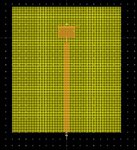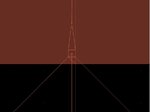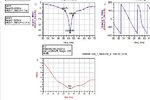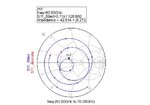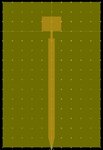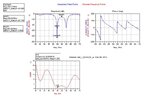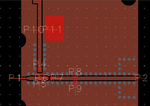tasosgr54
Newbie level 4
Hi everyone :smile:
I am trying to design a 60 GHz patch antenna and simulated using ADS 2014.01
Up to now I managed to design the patch and matched to 50ohm using λ/4 transformer.
Now i want to try to simulate with finite ground plane in ADS. What I have tried up to now is to design a second patch in a different layer of cond and and connect a second port to it. Then i put the port as ground pin for port 1 from the port editor.
the problem I have is that i get warnings:
The port setup needed to be corrected:
Calibration will not be used for port "P1" (pin
sets {"P2"} and {"P1"} are in different
reference planes, although identical reference
planes are required for TML calibration).
and the simulation results are very differed and is not matched anymore using the λ/4 method. Basically I thought the ground plane wont change the antenna results that much. the pictures below represents my design. Could you please tell me what I am doing wrong? or how to define a ground plate in ADS momentum.
Tas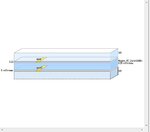

I am trying to design a 60 GHz patch antenna and simulated using ADS 2014.01
Up to now I managed to design the patch and matched to 50ohm using λ/4 transformer.
Now i want to try to simulate with finite ground plane in ADS. What I have tried up to now is to design a second patch in a different layer of cond and and connect a second port to it. Then i put the port as ground pin for port 1 from the port editor.
the problem I have is that i get warnings:
The port setup needed to be corrected:
Calibration will not be used for port "P1" (pin
sets {"P2"} and {"P1"} are in different
reference planes, although identical reference
planes are required for TML calibration).
and the simulation results are very differed and is not matched anymore using the λ/4 method. Basically I thought the ground plane wont change the antenna results that much. the pictures below represents my design. Could you please tell me what I am doing wrong? or how to define a ground plate in ADS momentum.
Tas


